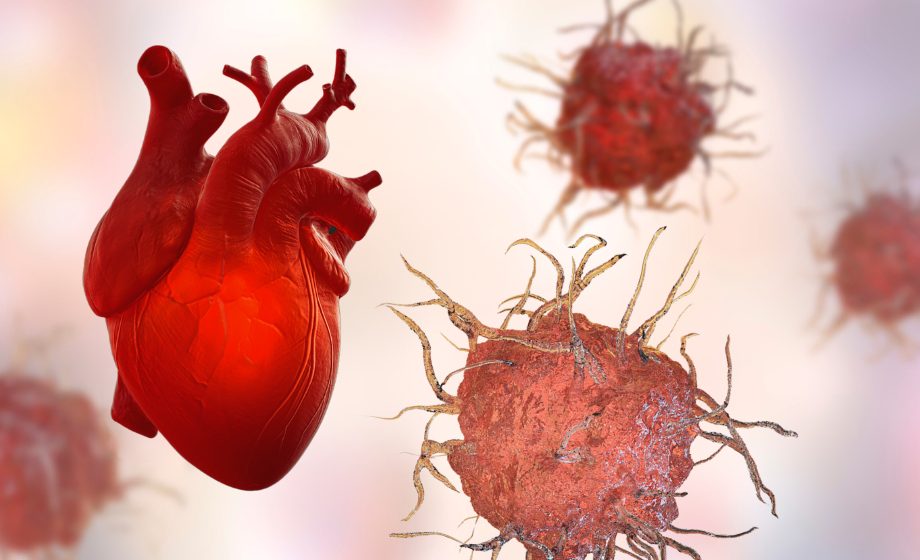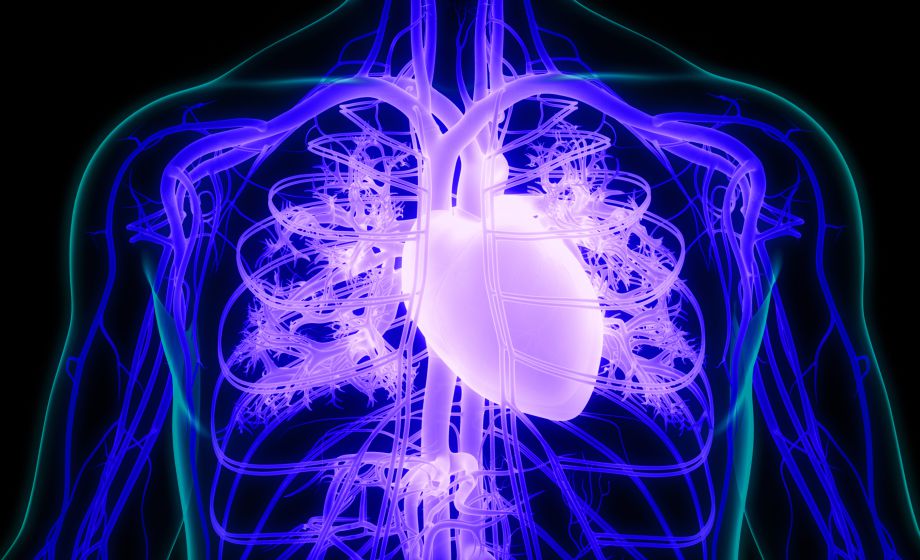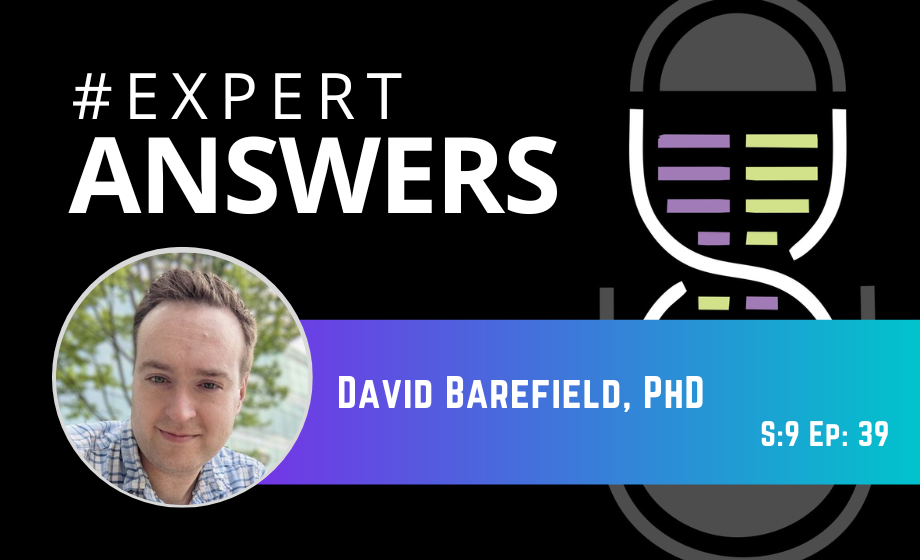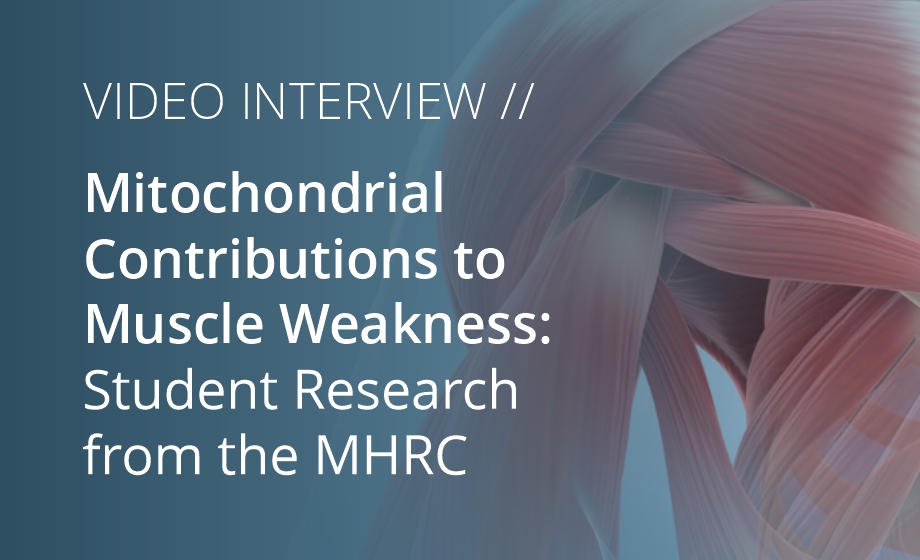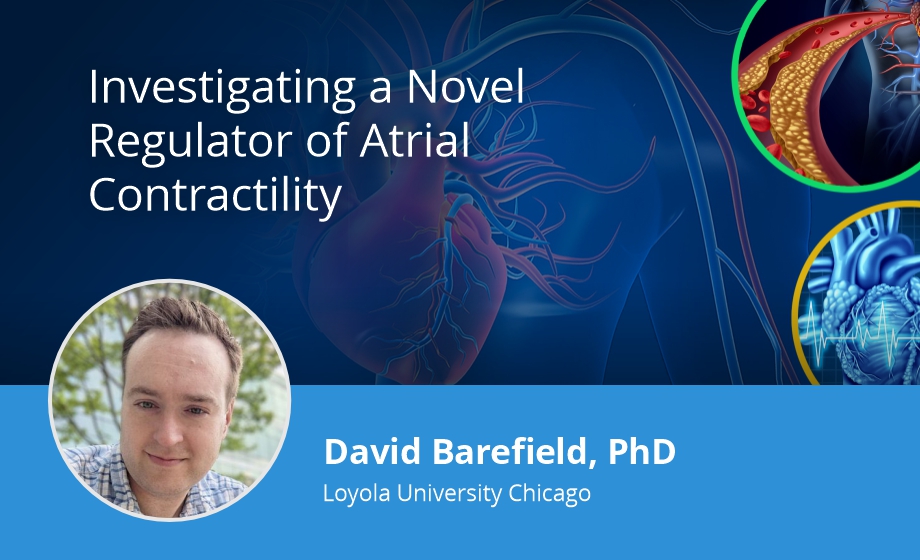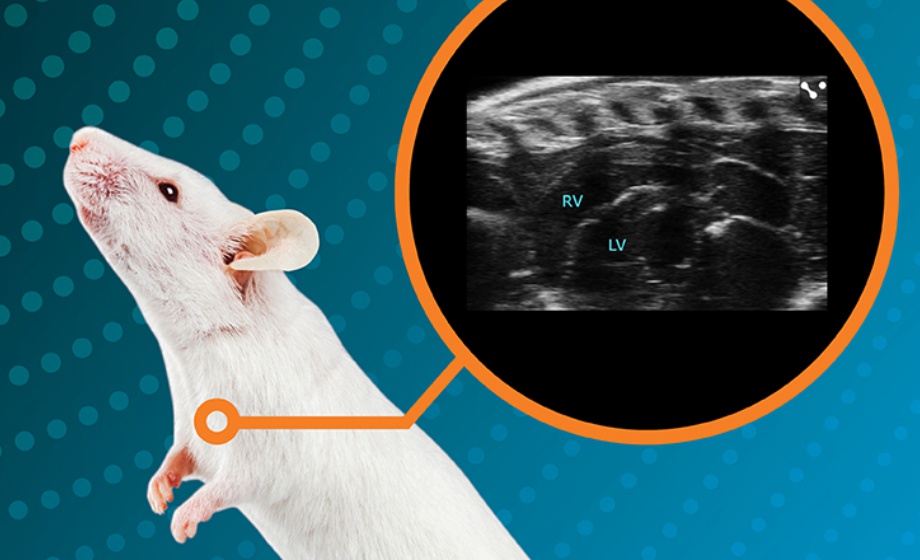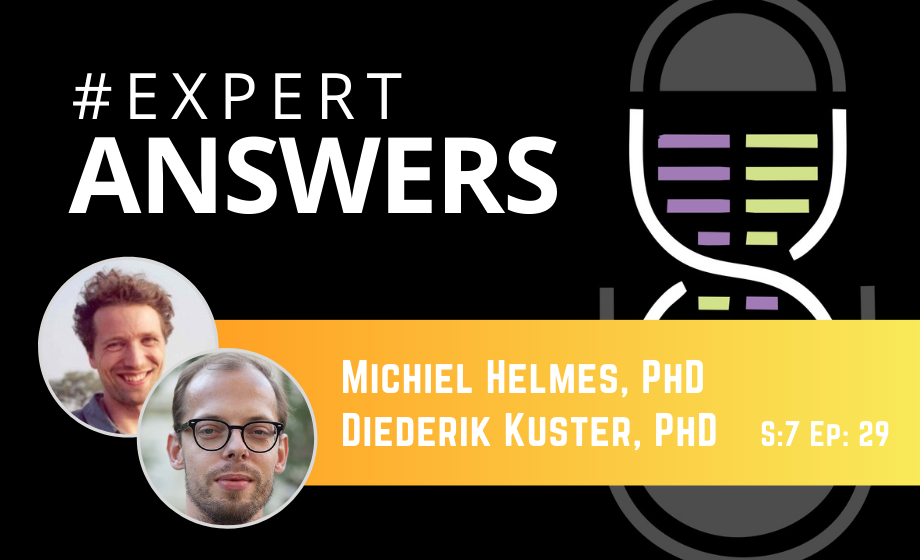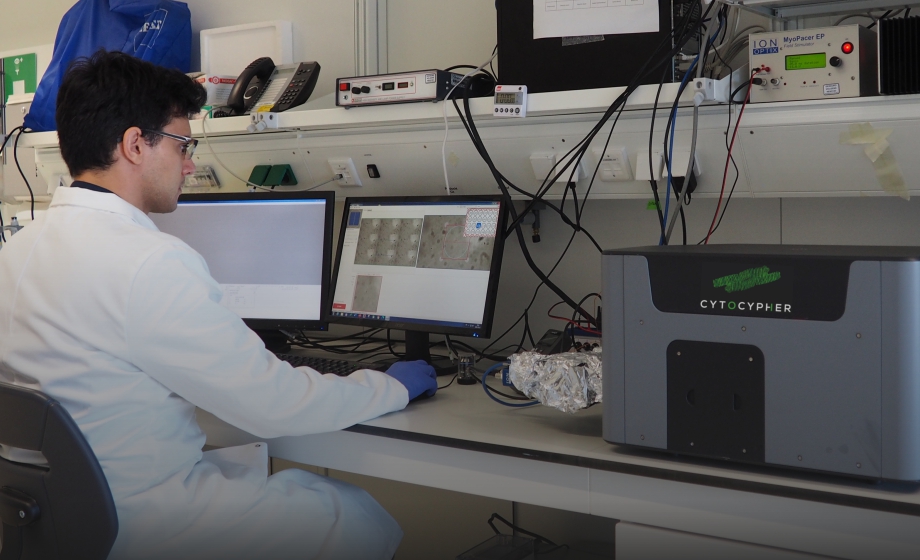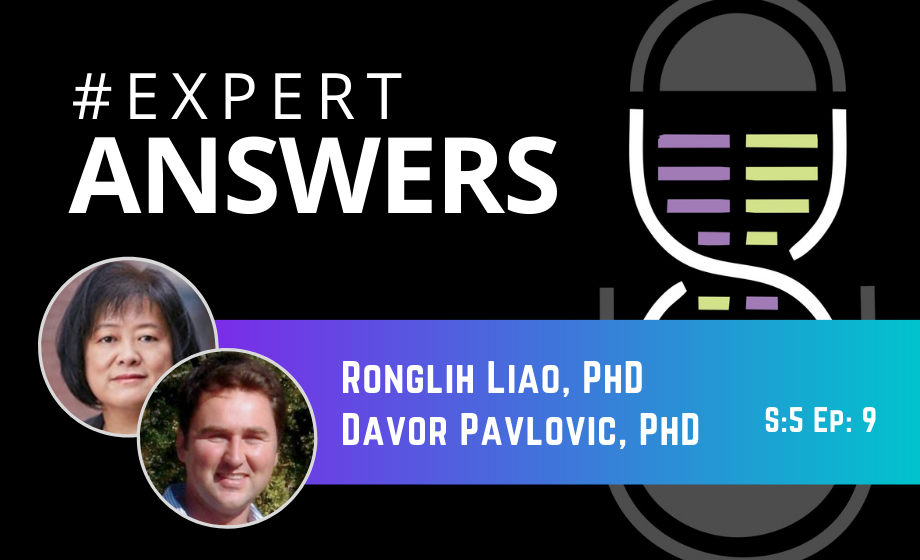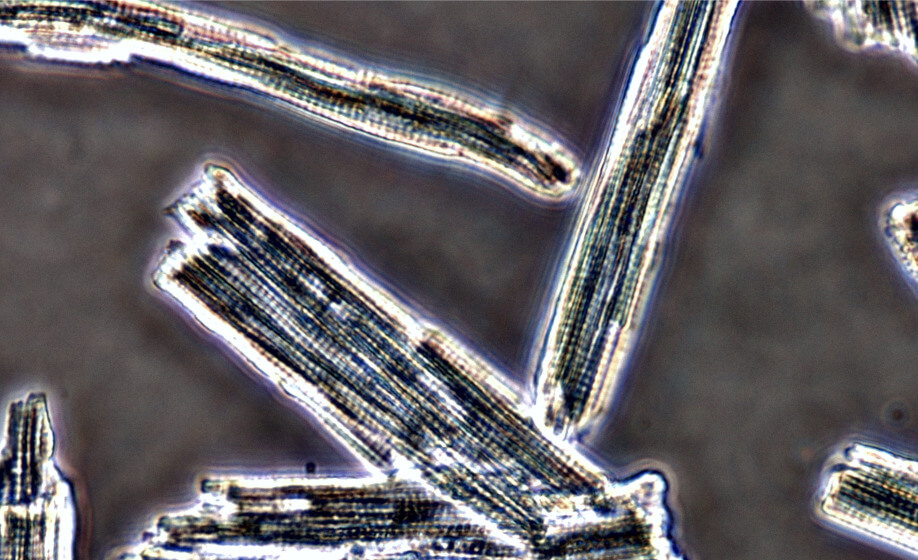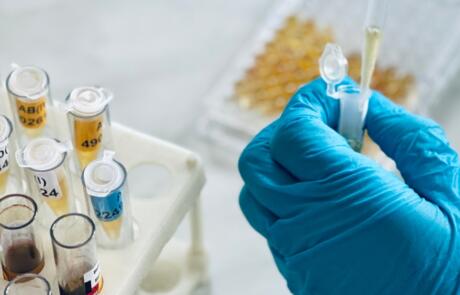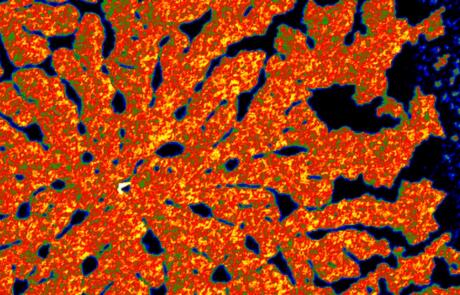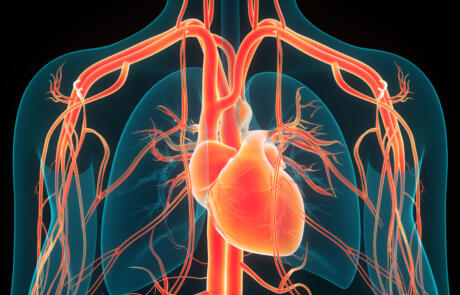Can the Immune System Protect after Repeated Myocardial Injury?
While the immune response to a single cardiac event has been well researched, few have reported on whether an adaptive immunity is observed after repeated cardiac injury. Here, we discuss a recent publication from Tiwary et al., in which they investigate the cytoprotective response after multiple cardiomyopathic injuries.
APS Physiology in Disease Modeling and Drug Development Roundtable
Key opinion leaders in cardiovascular physiology and bioengineering discuss best practices and challenges when modeling cardiomyopathies and other cardiovascular diseases using stem cells, engineered tissues and other novel platforms.
#ExpertAnswers: David Barefield on Atrial Dysfunction
David Barefield discusses his work investigating the role of the Myosin binding protein H-like (MyBP-HL) protein in atrial dysfunction.
Mitochondrial Contributions to Muscle Weakness: Student Research from the MHRC
The Muscle Health Research Centre (MHRC) is one of Canada's leading innovators in muscle physiology research. In this blog post, we continue our series of interviews with student researchers at the MHRC and learn more about their research objectives, findings, and goals.
Investigating a Novel Regulator of Atrial Contractility
Dr. David Barefield gives an in-depth discussion on his research investigating the role of the MyBP-HL protein in atrial contractility.
Evaluation and Optimization of Right Ventricular and Lung Imaging Using High Frequency Ultrasound
Allison Rodgers discusses the value of imaging the mouse right ventricle and lungs using high-frequency ultrasound for models of cardiopulmonary physiology and associated diseases.
#ExpertAnswers: Michiel Helmes and Diederik Kuster on Excitation-Contraction Coupling
Michiel Helmes and Diederik Kuster answer questions from a recent webinar demonstrating higher throughput investigations of excitation-contraction coupling in isolated cardiomyocytes.
A Comprehensive How-To Demonstration of Higher Throughput Excitation-Contraction Coupling Investigations
Join Michiel Helmes and Diederik Kuster as they demonstrate best practices and new techniques in high-content, higher throughput investigations of excitation-contraction coupling in isolated cardiomyocytes.
#ExpertAnswers: Ronglih Liao and Davor Pavlovic on Cardiomyocytes
Ronglih Liao and Davor Pavlovic discusses techniques for isolating cardiomyocytes using both traditional and Langendorff-free methodologies, including key considerations, best practices and how to achieve and confirm optimal myocyte quality.
Techniques and Best Practices for Cardiomyocyte Isolation
Ronglih Liao and Davor Pavlovic discuss techniques for isolating myocytes using both traditional and Langendorff-free methodologies, including key considerations, best practices and how to achieve and confirm optimal myocyte quality
